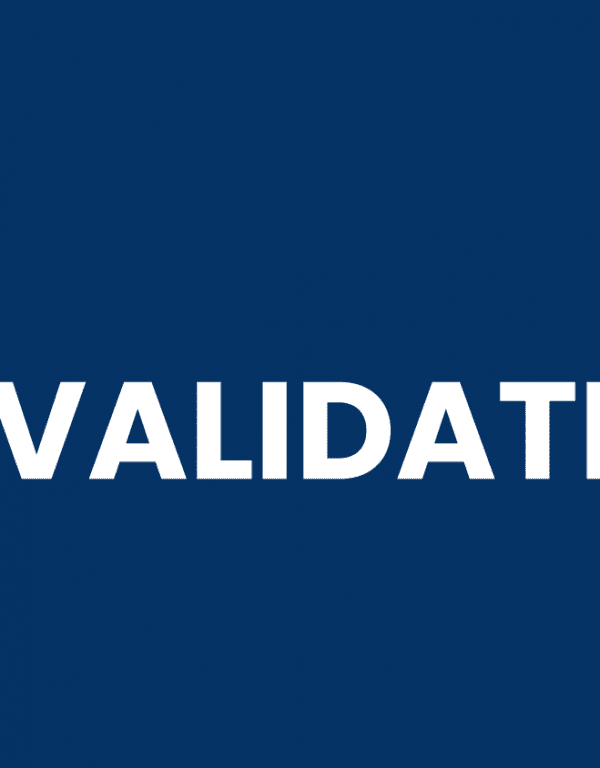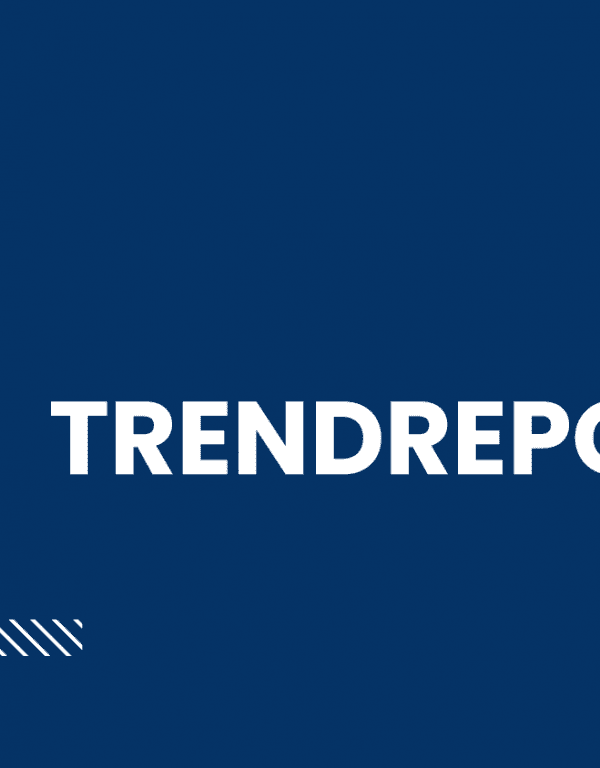
What seems like a long time ago, the news cycle was about 24 hours — from the time “news” happened to when it would appear in newspapers and then on TV and radio. (At that time, cable news didn’t really exist.)
Now, the news cycle is probably an hour — tops — before it hits social media.
It used to be that if you were in a crisis, you had hours to assess and determine how to respond.
Hours is a luxury.
Six years ago, during the Arab Spring, Kenneth Cole, a clothing designer also known for provocative ad campaigns, posted a provocative tweet in the morning and didn’t check back until late in the afternoon when he realized Twitter was in an uproar because he didn’t update or apologize in the initial blow back.
The fact that he was in meetings and busy was seen as no excuse.
Companies no longer have hours — they didn’t even have that back in 2011 — to contemplate a response.
We see the implications of this everyday, whether it is a tweet rant from Trump or a poorly executed tweet from a brand or media property.
Unfortunately, most companies aren’t social media responsive, by which we mean: able to respond quickly to a problem involving them on social media.
Here are some steps to consider:
- Don’t rely on apps that post content to also alert you to a potential problem. Posting content is very different from monitoring and generating alerts. Consider subscribing to an alert service so that you don’t find out about a problem only the next time you log on to the app. Too many services — even Twitter — do a better job of capturing mentions without doing a good job alerting you. (We’re not going to mention specific potential suppliers since some of these companies and a lot of their functionality can change very quickly.)
- Make sure appropriate trusted people within your organization have the username and passwords for all major social media platforms, and are comfortable posting onto them. Too often, the login information for a company’s social media accounts are held by different people so that if a problem happens, and the person managing Twitter is in an all-day off-site, there’s no one else who can access the site to try to put out a fire. Sometimes, we’ve seen, the person in charge of, say, Facebook, has left the company without designating someone as the administrator, only as someone who can post. It’s important that trusted people can back up the main driver if that driver is out of the office. Also, for this reason, it’s important to know when key people — whether it’s the social media guru or the executive to be quoted — are on vacation or otherwise unreachable for long periods.
- Do scenario planning to practice how to respond. One hopes to never have to use a crisis plan but it really is helpful to develop one, even if just for social media. In this case, you would look at likely areas for concern — could it be a customer complaint? A rogue tweet (meant, perhaps, for someone’s personal account)? A hacked account? A legal issue? What should you do to address this issues? Without a scenario planning, you may not have an idea of what to do when seconds count.



